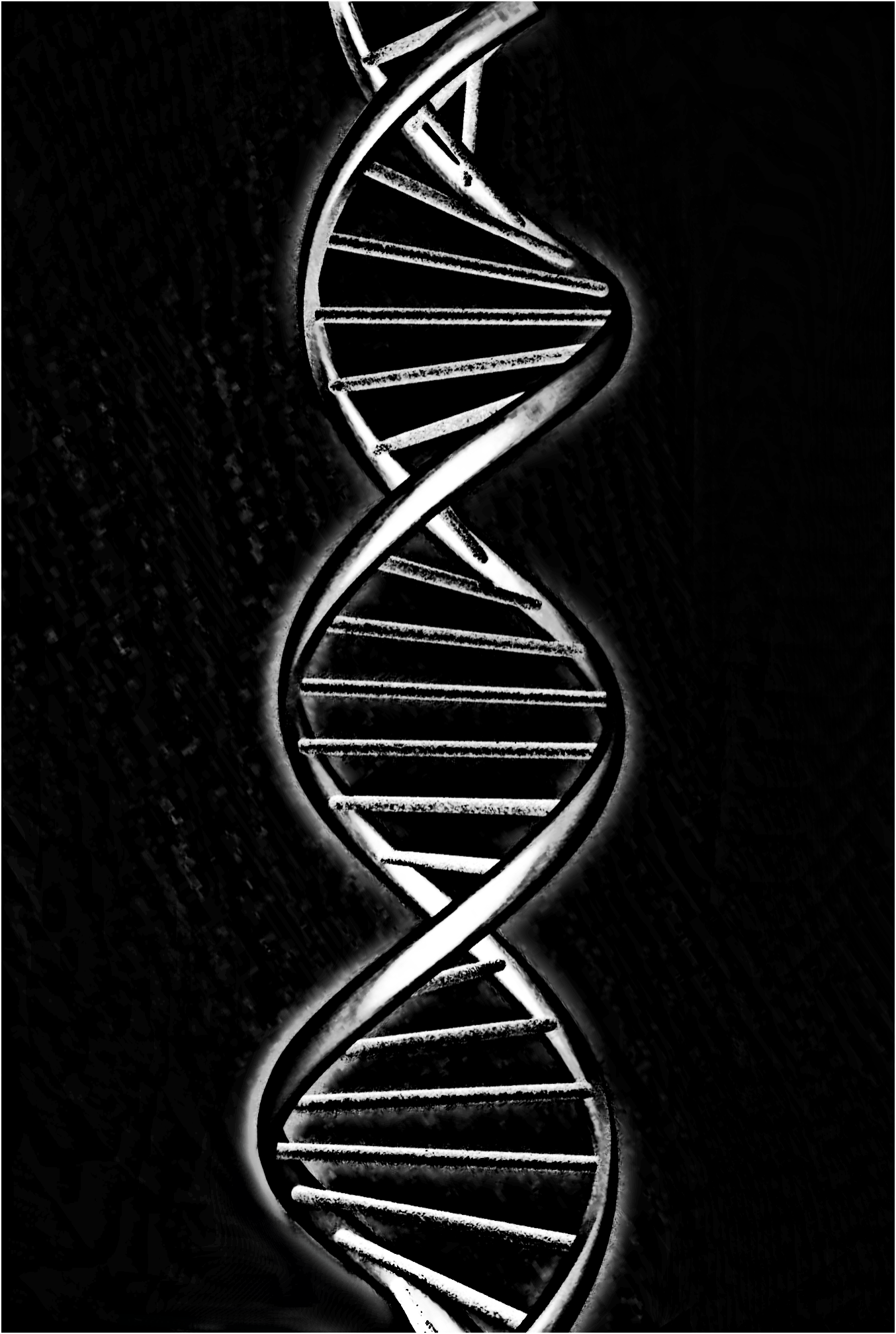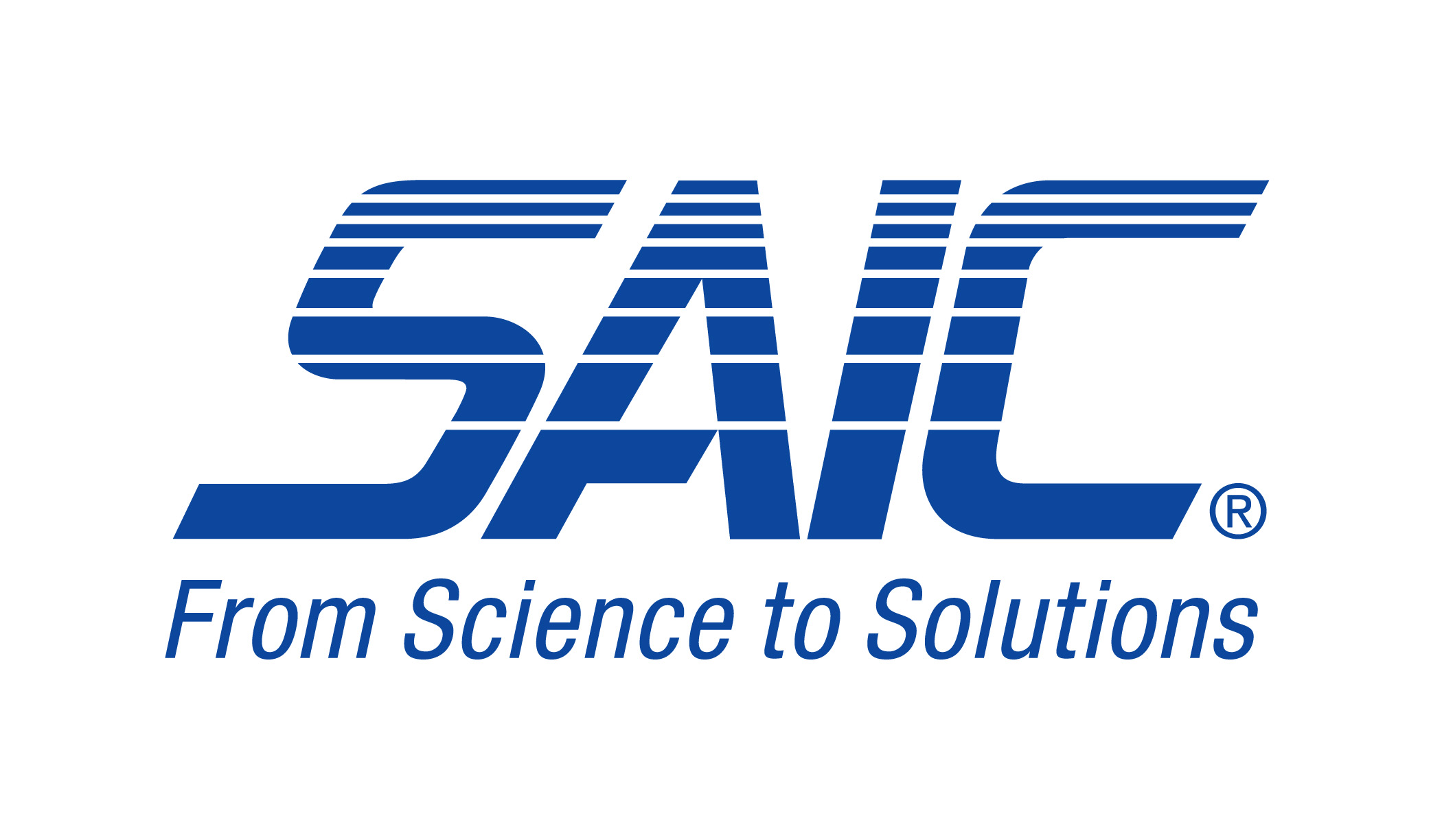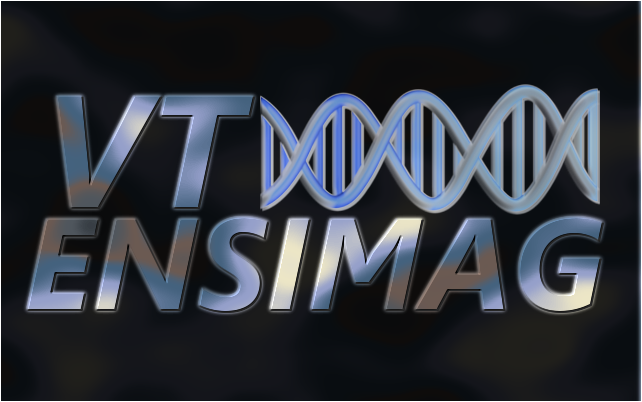Team:VT-ENSIMAG Biosecurity
From 2010.igem.org
| Line 1: | Line 1: | ||
| - | |||
| - | |||
| - | |||
{{Template:Team:VT_Ensimag_2010-Biosecurity/Templates/main|Home| content= | {{Template:Team:VT_Ensimag_2010-Biosecurity/Templates/main|Home| content= | ||
__NOTOC__ | __NOTOC__ | ||
Revision as of 15:09, 29 July 2010
Home
|
AbstractAs part of our iGEM 2010 project, we are implementing the draft Government guidance for sequence screening, characterizing its performance, and suggesting improvements. The guidance proposes a screening framework for gene synthesis companies to address concerns over the dual use of their product. Our findings will not only quantify an interpretation of the Government guidance, but should also help to provide future developers of screening software with the data necessary to develop more robust sequence screening tools. Our work has direct implications for both iGEM and the field of synthetic biology. iGEM attempts to develop a tool-box of standardized parts for use by synthetic biologists. Without screening software, dangerous sequences could find their way into this tool-box. If such sequences were used to engineer organisms with novel capabilities, the repercussions could be significant. The emphasis placed on safety and security by both iGEM and the synthetic biology community only reinforces the clear need for more cost effective and accurate screening methods. The deeper understanding of screening technology provided by our results could therefore play an integral role in both the future of the competition and the field. IntroductionGene synthesis technology gives scientists an unparalleled capability to manipulate genomes. Over the past several decades, an entire commercial industry has developed to inexpensively produce genes on a large scale. It is this industry which provides the manufactured genes and standardized parts to make synthetic biology, and iGEM, possible. Synthetic genomics, like synthetic biology, has the potential to act as both a great benefit and a great detriment to public health and national security. A precedence for the dual use of synthetic genomics is the reconstruction of the virus responsible for the pandemic 1918 Spanish Flu in 2005 by researchers at the CDC (See more). This highly infectious strain is estimated to have killed as many as 50,000,000 people worldwide. Although the 1918 Spanish flu genes were synthesized for legitimate research purposes, they could have just as easily been used to reconstruct a biological weapon. It should be noted that the reconstructed strain was partially attenuated. This, however, does not preclude the possibility of more virulent forms being engineered in the future. Although such engineering is difficult at the moment, advances in this technology over the next decade could make it easier for bioterrorists to harm the Public. According to a 2004 report by the U.S. National Intelligence Council, its greatest security concern over the coming years is that terrorists will acquire biological agents for use as weapons of mass destruction (NIC, 2004). Many nucleotide sequences encoding for or derived from dangerous toxins or pathogens can be freely accessed on the U.S. National Center for Biotechnology Information GenBank (NCBI-GenBank). The ease with which dangerous sequences can be located and synthesized presents novel threats to both public health and national security. To prevent illicit activities by end users of de novo synthesized genes, it is crucial to stop their manufacture at the source: gene synthesis companies. Therefore, effective and efficient screening measures must be developed to identify sequences of concern within a synthesis order. The United States government recognizes its responsibility to protect the public and in November, 2009, published a draft guidance for sequence screening. As part of our iGEM 2010 project, we are implementing the draft Government guidance for sequence screening, characterizing its performance, and suggesting improvements. ContributionsConclusionsWho are we?We are a software team, composed by 5 students (2 from ENSIMAG and 3 from Virginia Tech) working in the Virginia Bioinformatics Institut, under the supervision of Jean Peccoud and with Laura Adam as advisor. The team is more thoroughly presented in Our team. project overviewReferencesAnnexesTemporaryexamples link:<a href="https://2009.igem.org/Help:Template/Examples">HERE</a>. </div> You MUST have a team description page, a project abstract, a complete project description, a lab notebook, and a safety page. PLEASE keep all of your pages within your teams namespace. |
 "
"




